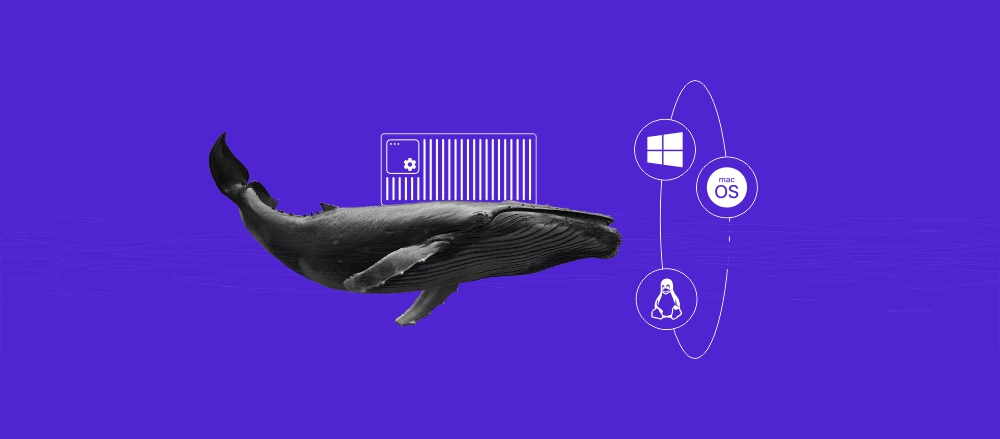Docker is a revolutionary open-source platform, reshaping how we build, deploy, and manage software. The Docker container technology enables...
If you’re tired of playing the vanilla version of Minecraft and want to try something new, consider installing custom mods. They can transform your...
Using a content delivery network (CDN) can enhance your WordPress site’s performance. A CDN service distributes the site’s static content...
22 Feb •
WordPress
•
Setup
•
Knowing different ways to log in to your WordPress website is essential. If the usual way fails, you can still gain access to your website using an...
Efficient email management is a vital part of professional communication. Part of this is adding an email account to your Mac Mail app, which is...
Encountering PR_END_OF_FILE_ERROR in your Mozilla Firefox browser is frustrating, especially when you’re trying to access a secure website....
Imagine a visitor is about to make a significant purchase or access a service on your website. Instead of reaching the desired page, they’re...
Setting up email accounts on Android devices is essential for staying connected and managing your messages on the go. In this tutorial, you’ll...
If you’re reading this article, you’re probably getting tired of the 400 Bad Request message when you try to access a website. You’ve reloaded...







